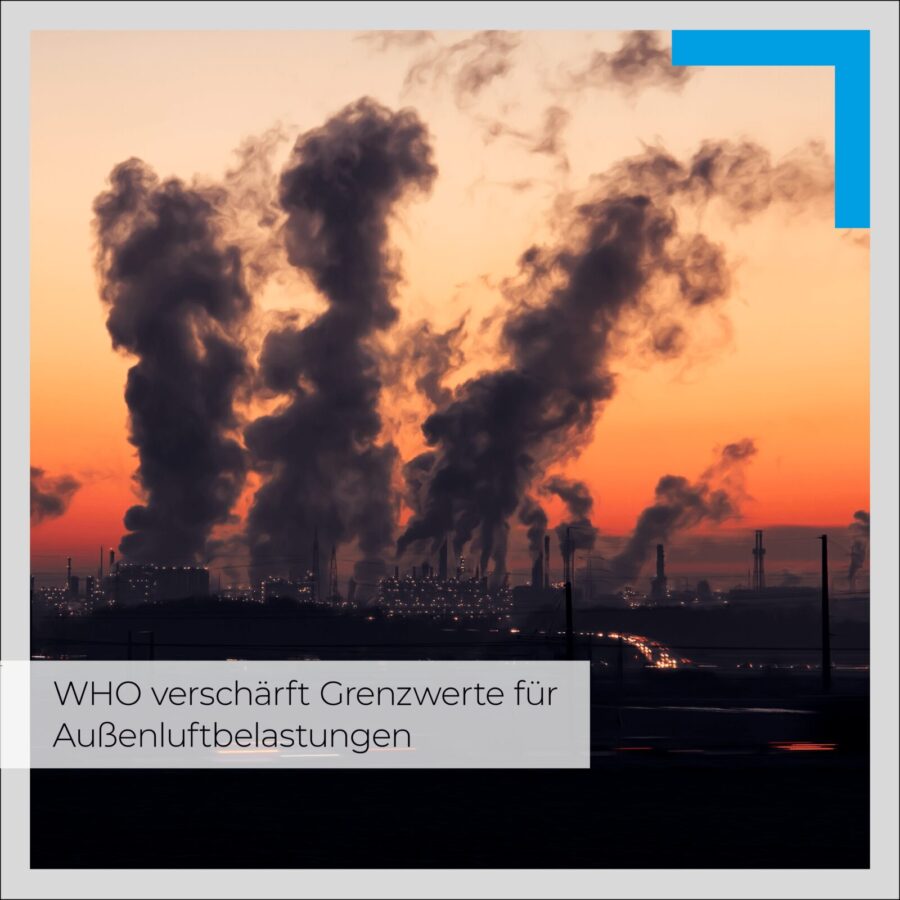
NEWS: In its guidelines on outdoor air quality, the WHO recommends that some of its 2005 limit values be drastically reduced, as there are still health risks even at the reduced values. Air pollution is considered to be one of the greatest environmental threats to human health, along with climate change.
Reducing air pollution could reduce the risks of stroke, heart disease, lung cancer and acute and chronic lung diseases such as asthma.
Research shows that in 2019, 99 % of the world's population lived in places that did not meet WHO air quality guidelines. According to the WHO, air pollution from particulate matter in both rural and urban areas led to 4.2 million premature deaths caused by cardiovascular and respiratory diseases and cancer.
The current limits of the WHO air quality guidelines are based on an assessment of health effects of air pollution and give threshold values for air pollution levels relevant to health.
The WHO limit values from 2005 are reduced compared to the current limit value recommendations from 2021 as follows:
- Fine dust PM2,5 to 5 µg/m³ instead of 10 µg/m³
- Fine dust PM10 to 15 µg/m³ instead of 20 µg/m³
- Nitrogen dioxide (NO2) to 10 µg/m³ instead of 40 µg/m³
It should be noted that the currently valid EU limit values for fine dust of 25 µg/m³ (PM2,5) and 40 µg/m³ (PM10) are even significantly above the old WHO limits from 2005.
However, the WHO limits are only recommendations, but they are set on the basis of health assessment. The EU intends to discuss possible adjustments to the existing regulations by autumn 2022.
The M&P Group already takes a holistic view of necessary construction measures in the planning phase. In the future, however, this factor will be taken into account even more and, if necessary, more environmentally friendly alternatives will be proposed. Our climate experts from Go.Blue.Now. will help you find the right climate strategy for your company.
#EngineeringForABetterTomorrow #mullandpartner #news 1TP5Air quality 1TP5Air limits

